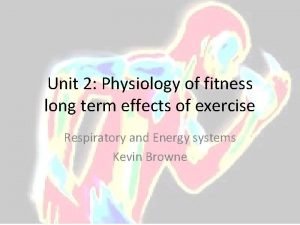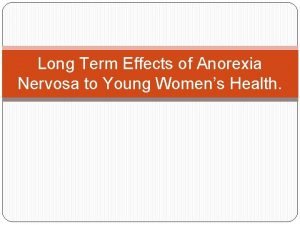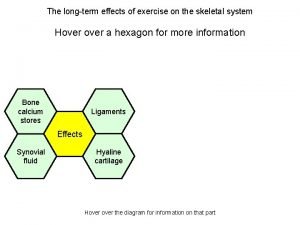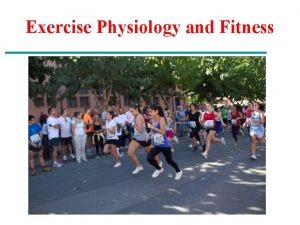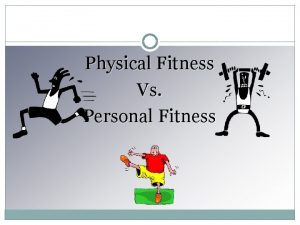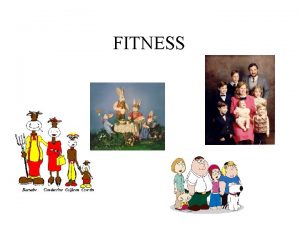Unit 2 Physiology of fitness long term effects







- Slides: 7

Unit 2: Physiology of fitness long term effects of exercise Respiratory and Energy systems Kevin Browne

Learning Outcomes

• The rate by which oxygen diffuses from the blood in the capillaries to the tissues and carbon dioxide diffuses from the tissues to the blood in the capillaries increases allowing for greater gaseous exchange. • This increases resulting in an a more efficient and greater supply of oxygen to the muscles. Oxygen diffusion rate Vital capacity Long-term effects of exercise on respiratory system Respiratory muscles • The strength of the diaphragm and respiratory muscles increases, allowing the chest to expand more and an increase in lung volumes. Minute ventilation • As the respiratory system becomes more efficient greater volumes of air can be inhaled and exhaled each minute.

Energy systems • Increased aerobic and anaerobic enzymes • Regular exercise stimulates a number of changes within the muscle cells. These changes improve the ability of our muscles to generate ATP. • The increased number and size of mitochondria within the muscle cells increases the level of aerobic system enzymes, improving our ability to exercise aerobically for prolonged periods of time.

Energy systems • The anaerobic enzymes that control the anaerobic phase of glucose breakdown also increase, improving our anaerobic capacity.

Increased use of fats as an energy source • During low intensity exercise the primary energy source is fat. An increased availability of oxygen to the muscle tissues through adaptations to the muscular, cardiovascular and respiratory systems allows for an increased use of fats as an energy source (fat metabolism).

What were they?
